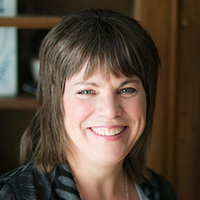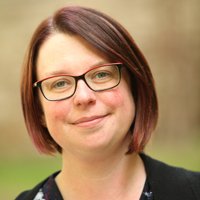


While teaching two separate classes – Ms. Beneteau at the University of Saskatchewan (U of S) and Ms. Cortolezzis at Laurentian University (LU) – some of the coursework we assigned required students to conduct a systematic review of published literature, both in academic sources and grey literature, on different mining operations. It was during these assignments that we discovered the lack of current and accurate information in the public domain.
Teaching students how to locate, write about and reference technical information is key to an engineering education. Unfortunately there is a lack of up-to-date, publicly available information about mining operations that students can draw upon. If the industry wants to ensure the quality of the engineers that enter their ranks upon graduation, mining companies would do well to help fill this practical knowledge gap by publishing generalized information about each of their mining operations.
The Mining Sourcebook, where most of this information had historically been published, is now discontinued due to a lack of participation by the mining industry. We can all appreciate how one more survey could easily be buried under a pile on your desk in an effort to meet production. However, the information the publication contained was vital to the preparation of students’ mining careers.
To get a clearer idea of what information can currently be consulted, we reviewed publicly available mining information, focusing on papers found in online databases available at U of S and LU, and those databases open to members of CIM, the International Society for Rock Mechanics, Infomine and the International Society of Explosives Engineers. In the past 30 years, those publications have focused on geology, safety, social responsibility, the environment and equipment. Unfortunately, generalized papers about the technical aspects of mining operations – the most useful for technical teaching – are scarce. It would be very useful, for example, if students could search out the stress levels in mines across the country, but that information is simply not available in a consistent format.
We urge mining companies to consider providing more information as part of their standard procedures. CIM conferences like MEMO or the Annual Convention would welcome generalized papers about operations. Companies might also consider creating or updating detailed Wikipedia pages about their operations, or adding more technical content to company websites.
Consider the example of mining suppliers who are creating promotional YouTube videos that contain valuable technical information we can examine in the classroom, and free computer programs for educational institutions, like Promine. The students they reach in classrooms today are future investors and employees in the mining industry. Mining companies might also benefit from a similar strategy for engaging with their future employees.
Consider the need for media relations and corporate websites. A generation ago these were unheard of; today they offer a potential exercise in interdepartmental teamwork, communication and organization in which summer students or technical personnel work with corporate media officers to develop Wiki pages. Wikipedia is designed to be a collaborative medium so why not use it as an internal mechanism for training as well?
There is an opportunity here for the industry to take the lead, showcase operations and set the groundwork for information that teachers and students will use. Companies could even encourage their workforce to take ownership of the framework and polish the content over time. If erroneous information is uncovered in the process, the company can strengthen public knowledge by correcting it.
We encourage our students to use Wikipedia as a starting point and search out references in order to validate that information and find more resources. We only hope they will see the gaps in technical information in papers and will help fill those in when they enter the working world.
By bolstering publicly available technical information about mining operations, companies can strengthen the knowledge base of future mining professionals. Help teachers and librarians help you by making important information contributions about your company and its projects.
Donna Beneteau is the departmental assistant for mining at U of S. She has worked as a geological engineer at the Noranda Technology Centre, Holloway mine and Ionic Engineering.
Donna Cortolezzis was a mining engineer for Geco, Holloway and Vale, including the chief engineer for the Stobie mine. She is currently a PhD student and sessional instructor at LU.
Kristin Bogdan worked as a geologist for Cameco and JNR Resources. She is a science and engineering librarian at U of S.
Got an opinion on one of our columns? Send your comments to editor@cim.org.






